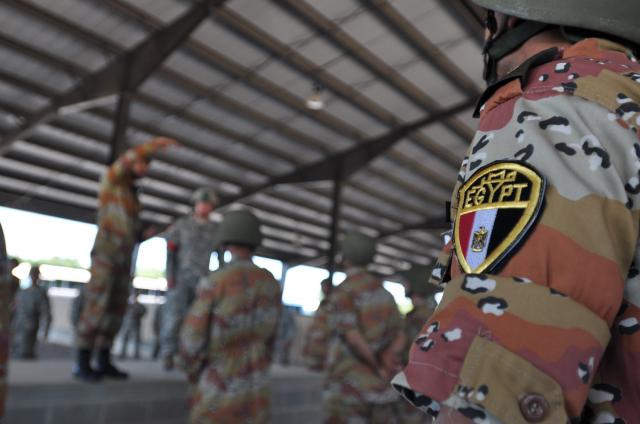Seventy years ago almost to the day the first American military personnel, liaison officers and strategic planners arrived in Europe. They were the vanguard of the millions that would eventually follow to liberate the continent, support Europe’s reconstruction, deter Soviet aggression and win the Cold War.
With the demise of the Soviet Union in 1992, the central rationale for the American military presence in Europe vanished. Since then the United States and Europe have been engaged in a “long goodbye.” Now the farewells are about over. As part of the new defense strategy, Secretary of Defense Leon Panetta announced yesterday that the United States will be removing two of its remaining four Army brigades from Europe. While Panetta promised that the Pentagon will rotate units into Europe, the underlying reality is that in the future the United States, faced with its own fiscal crisis, will not be able to provide for the security of Europe as it has done in the past.
Today, the future of the NATO alliance and the defense of Europe are very much in doubt. Absent the United States, NATO is very much a shell of a military alliance. Chronic under-investment by the majority of NATO nations has resulted in an alliance that, sans the United States, is unable to punch up to its weight. This was demonstrated during the recent Libyan campaign with the lack of aerial tankers, reconnaissance systems, smart weapons and even trained personnel. In a fit of despair, then outgoing Secretary of Defense Robert Gates fumed: “The mightiest military alliance in history is only 11 weeks into an operation against a poorly armed regime in a sparsely populated country, yet many allies are beginning to run short of munitions, requiring the U.S., once more, to make up the difference.”
No less a figure than Norway’s Minister of Defense, Espen Barth Eide warned in a recent speech at the Europhile think tank CSIS that “Article 5 is not in such a good shape. . . I’m not talking about political will, but the actual ability to deliver if something happens in the trans-Atlantic theater of a more classical type of aggression.” This is the reality even before the United States removes forces from Europe, further reduces military capabilities in order to save $480 billion and shifts its focus to the Asia-Pacific region.
In response to the capability deficits highlighted by the Libyan campaign and to the recognition that Europe’s parlous financial situation means there will be no additional resources for defense, NATO is pursuing a program of Smart Defense. As described by the alliance’s Secretary General, Anders Fogh Rasmussen, this is an approach that the United States might well wish to adopt. “I know that in an age of austerity, we cannot spend more. But neither should we spend less. So the answer is to spend better. And to get better value for money. To help nations to preserve capabilities and to deliver new ones. This means we must prioritize, we must specialize, and we must seek multinational solutions. Taken together, this is what I call Smart Defense.”
As the United States implements its new defense strategy and NATO works on its Smart Defense initiative, both should look for ways to harmonize their efforts. The rationalization of the two efforts should be a major theme of the NATO summit in Chicago this May. One way is to expand cooperative arms purchases. Norway’s defense minister specifically mentioned NATO members’ purchases of the F-35 Joint Strike Fighter as an example of Smart Defense. NATO should look for similar opportunities in areas such as theater missile defense, unmanned aerial systems and precision weapons.
NATO’s last chance to remain relevant is to implement Smart Defense smartly.











